Investors in construction projects play a critical role in financing, supporting, and scaling the development of residential, commercial, or industrial properties. Investors can provide the capital needed for the project and may receive a return on their investment through profits, appreciation, or rental income, depending on the type of investment. Below is an overview of different types of investors in construction projects, and how they may be involved:
Types of Investors in Construction Projects
How Investors Benefit from Construction Projects
- Equity Growth: Equity investors can earn returns through property value appreciation over time, with the potential for substantial profits if the market conditions are favorable.
- Rental Income: In commercial or residential real estate, investors may benefit from steady rental income once a property is completed and leased.
- Profit Sharing: Investors in joint ventures or equity partnerships typically share a portion of the project’s profits, depending on the structure of the deal.
- Interest Payments: Debt investors earn a fixed rate of return (interest) on the amount they’ve invested, with their principal returned once the loan term concludes.
Attracting Investors for a Construction Project
- Clear Business Plan: Investors want to understand the financial outlook of the project, including costs, potential profits, timelines, risks, and exit strategies. A comprehensive business plan is crucial.
- Proven Track Record: Developers or contractors with a history of successful projects are more likely to attract investors. Having a strong reputation can build confidence in your ability to execute.
- Strong Market Research: Investors want to know there is a demand for the type of property being built. Detailed market research, including local trends and economic conditions, is essential.
- Legal and Regulatory Compliance: Make sure the project complies with local zoning, building codes, and permitting requirements. Investors will be wary of projects that may face regulatory hurdles.
- Risk Mitigation: Clearly outline the steps you will take to manage and mitigate risks throughout the project. This could include insurance, contingency funds, and strategic partnerships.
Conclusion
Investors are key to financing and executing construction projects, whether they are individuals, institutions, or crowdfunding platforms. When seeking investment for a construction project, it’s important to present a solid business case, demonstrate expertise, and manage risks effectively to ensure both parties benefit from the investment.


